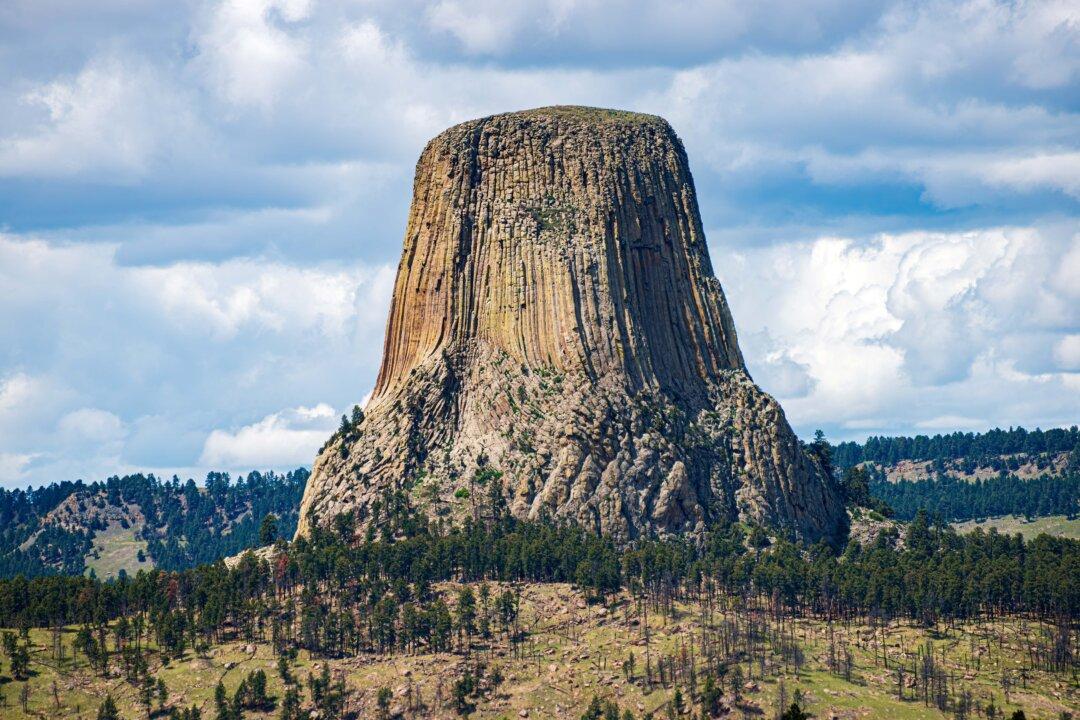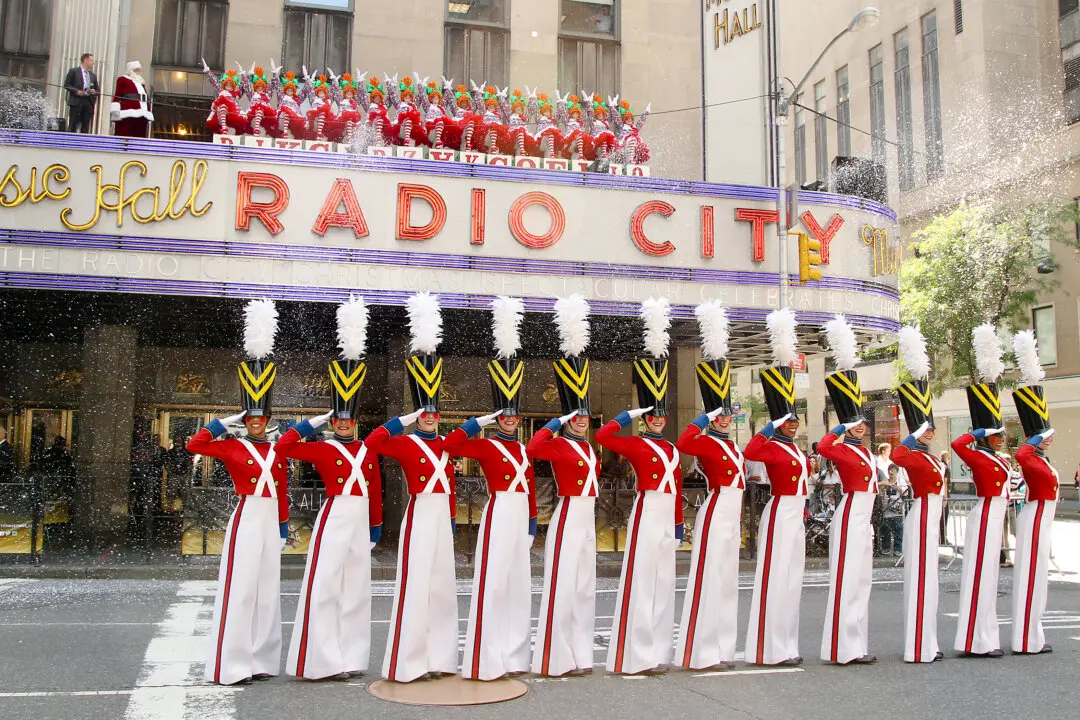“The fame of that great natural wonder, the Devils Tower, is by no means confined to local boundaries. It is indeed known to some extent in all nations,” proclaimed a 1906 newspaper article. Indeed, long before the 20th century, Devils Tower, located in the Black Hills of Wyoming, was a natural wonder that brought people to its base to wonder at its summit.
Scientists suggest that Devils Tower began forming around 65 million years ago, quite some time before the first humans set eyes on the majestic 1,267-foot tall intrusive igneous rock. It is assumed that early fur traders saw the massive rock tower protruding into the sky while traversing west and then back east. Well before American fur traders began their treks across the frontier in the late 1700s, Native American tribes revered the location and did so by a very different name.






